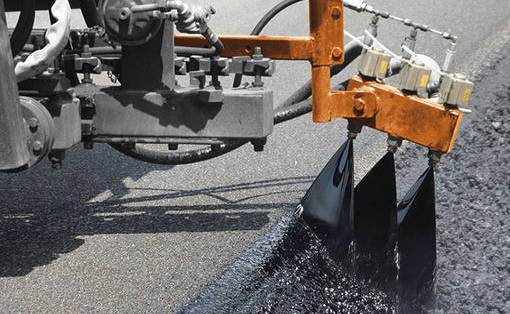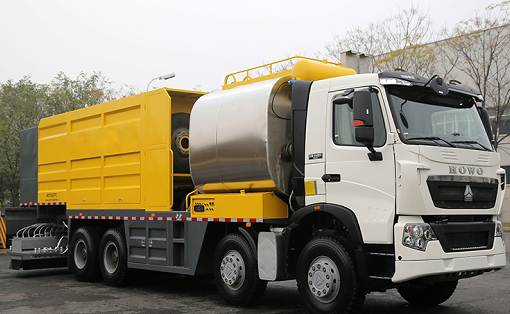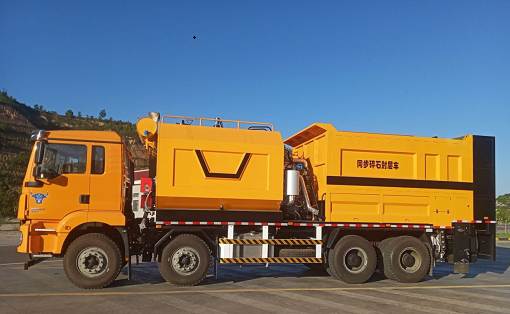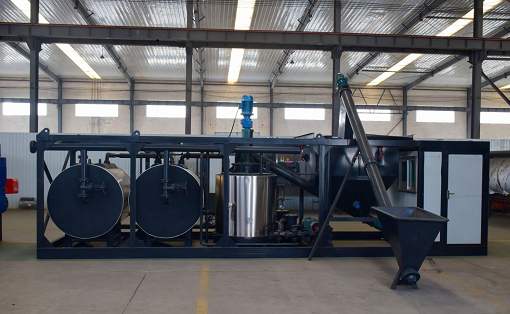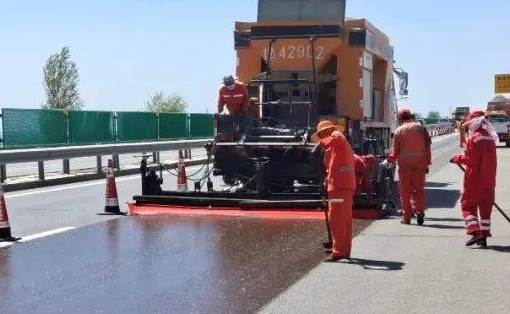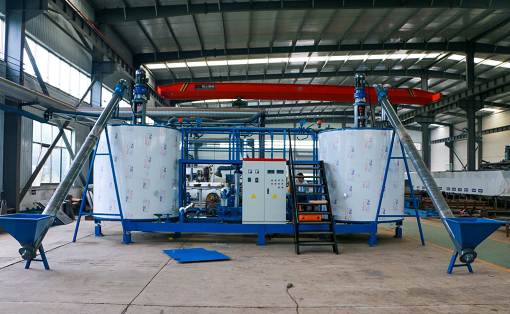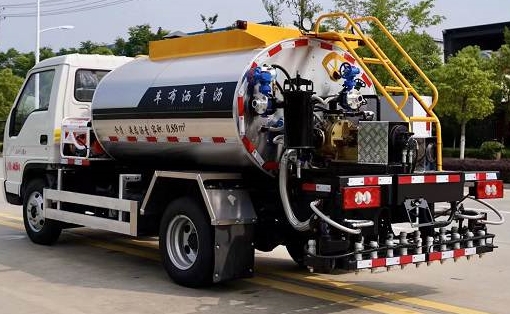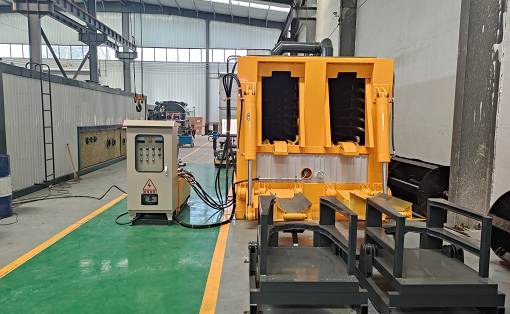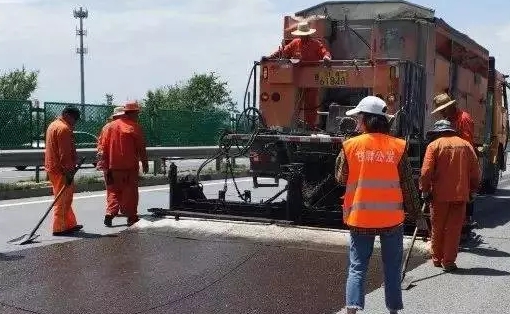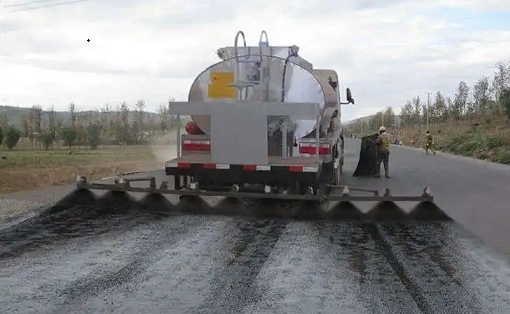How much do you know about the configuration of modified asphalt processing equipment?
The modified asphalt equipment produced by Sinoroader can produce SBS, rubber powder, SBR, and PE modified asphalt manually and automatically. Some of its configurations and uses are as follows:
1. Filter: The specially made asphalt filter can effectively filter impurities and foreign matter in the high-temperature matrix asphalt to prevent damage to subsequent equipment.
2. Matrix asphalt heater: The spiral plate or shell and tube heat exchanger is used to quickly heat the matrix asphalt through heat transfer oil to meet the needs of the production process. Heating in a sealed tank avoids the aging of asphalt due to long-term high-temperature heating and exposure to the air. The sulfide produced during the production process is quite limited, reducing environmental pollution.
3. Modifier air delivery or spiral addition system: The modifier manually poured into the pouring hopper is delivered to the asphalt batching tank by wind or spiral. It can be equipped with a metering system.
4. Stabilizer automatic or manual addition system: It can be equipped with a metering system.
The modified asphalt equipment produced by Sinoroader can produce SBS, rubber powder, SBR, and PE modified asphalt manually and automatically. Some of its configurations and uses are as follows:
1. Filter: The specially made asphalt filter can effectively filter impurities and foreign matter in the high-temperature matrix asphalt to prevent damage to subsequent equipment.
2. Matrix asphalt heater: The spiral plate or shell and tube heat exchanger is used to quickly heat the matrix asphalt through heat transfer oil to meet the needs of the production process. Heating in a sealed tank avoids the aging of asphalt due to long-term high-temperature heating and exposure to the air. The sulfide produced during the production process is quite limited, reducing environmental pollution.
3. Modifier air delivery or spiral addition system: The modifier manually poured into the pouring hopper is delivered to the asphalt batching tank by wind or spiral. It can be equipped with a metering system.
4. Stabilizer automatic or manual addition system: It can be equipped with a metering system.
5. Matrix asphalt delivery and metering system: The set amount of asphalt is added to the batching tank through the matrix asphalt pump and asphalt flowmeter through the frequency converter and computer interlock. The base asphalt pump and asphalt flowmeter adopt well-known brand products with accurate proportion.
6. Asphalt batching tank: The asphalt mixture is prepared according to the formula and mixed evenly through its combined agitator. It has a pre-shearing effect on SBS in asphalt.
7. Asphalt swelling tank: Multiple swelling tanks can be configured to meet the process requirements of 45 to 60 minutes of swelling time.
8. Asphalt conveying system: The prepared asphalt mixture is pumped into the swelling tank through a circulating pump for swelling and development.
9. Colloid mill or three-stage high-speed shearing machine: It is the heart of this equipment and directly affects the quality of the product. The material is torn and crushed under the high-speed shearing of the multi-stage and multi-layer precision-matched rotor and stator, so that SBS becomes tiny particles and is evenly dispersed in the asphalt to form a stable colloid, which is modified asphalt.
10. Computer automatic control system: It can control the proportion of each raw material, flow rate, and temperature of each point according to the process requirements, control each equipment according to the process, and print production reports, etc.
What technical advantages does Sinoroader have?
1. Relatively small equipment investment: The equipment investment cost can be reduced by hundreds of thousands of yuan, greatly reducing the investment threshold and investment risk;
2. Wide application of asphalt: Various domestic asphalts can be used as base asphalt for processing and production;
3. Powerful equipment functions: It can be used for SBS modified asphalt production, as well as rubber powder modified asphalt and other high-viscosity modified asphalt production;
4. Easy to control and low management cost: The operation of this series of equipment has high requirements for technical personnel, but as long as the three major index tests of asphalt can be completed, after about a week of professional technical training by our company, the modified asphalt production and management of this equipment can be independently carried out;
5. Low energy consumption and fast heating speed: The total installed capacity of the equipment is reasonable, which makes the equipment consume low electricity during use. At the same time, the use of a uniquely designed preheating system and insulation system greatly reduces production energy consumption, thereby reducing the heating cost to a minimum;
6. Complete functions: The equipment has complete functions, low dependence on the outside world, and has multiple functions such as storage, processing, transit, and metering;
7. The product performance indicators are excellent. This equipment can simultaneously produce rubber asphalt, various SBS modified asphalt, and PE modified asphalt.
8. Movable: According to user requirements and actual needs, the equipment is made movable, making it easier to install, disassemble and lift.
9. Technical cooperation with well-known experts and research institutions in the field of modified asphalt, timely update of modified asphalt production technology and application technology, providing comprehensive technical support, and your leading advantage in the industry. We will continue to introduce the company’s main equipment to you, please stay tuned.



